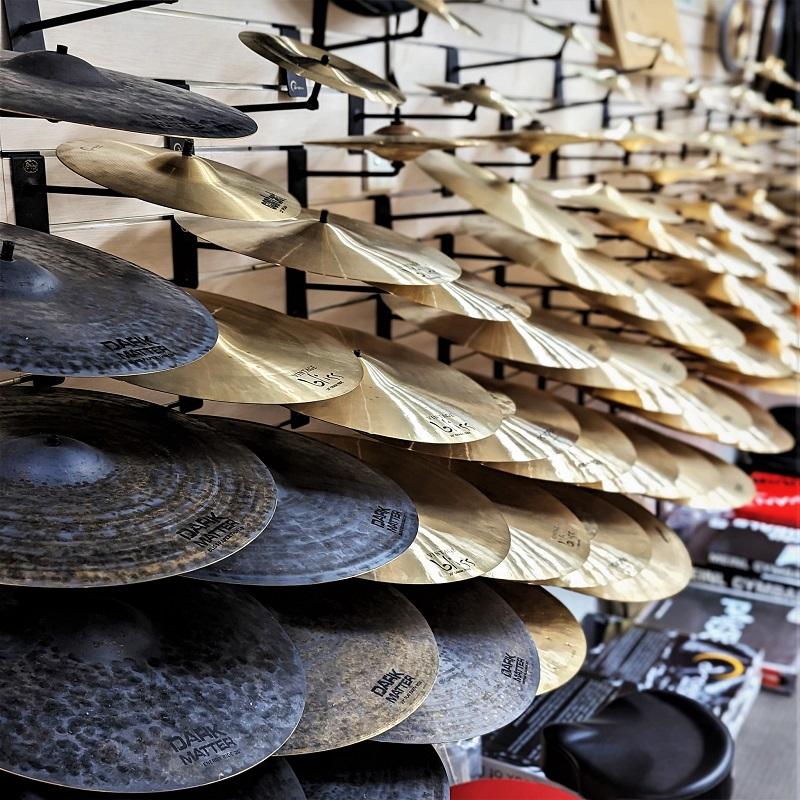The Future of Sight: Advancements in Treating Retina Diseases
The field of ophthalmology, particularly the treatment of retina diseases, is rapidly advancing, offering new hope and improved outcomes for individuals facing vision-threatening conditions. The "future of sight" is being shaped by exciting breakthroughs in research and innovative therapeutic approaches.
https://www.marketresearchfuture.com/reports/retina-health-market-10913
Several promising advancements are transforming the treatment landscape for retina diseases:
Gene Therapy: For inherited retinal diseases like retinitis pigmentosa and Leber congenital amaurosis, gene therapy holds immense promise. By delivering functional genes to replace or supplement defective ones, this approach aims to slow or even halt disease progression and potentially restore some vision.
Stem Cell Therapy: Researchers are exploring the potential of stem cells to replace damaged or lost retinal cells, such as photoreceptors and RPE cells. This could offer a future treatment for conditions like AMD and retinitis pigmentosa.
Artificial Retinas (Retinal Prosthetics): For individuals with severe vision loss due to retinal degeneration, artificial retinas, or retinal prosthetics, offer a way to regain some perception of light and shapes. These devices typically involve an implanted microchip in the retina that interacts with an external camera and processor.
Drug Delivery Systems: New and improved drug delivery systems are being developed to target the retina more effectively and reduce the need for frequent injections. These include sustained-release implants, microparticles, and eye drops that can penetrate the back of the eye.
Advanced Imaging Techniques: Continued advancements in imaging technologies like OCT and adaptive optics are providing even more detailed views of the retina at a cellular level, allowing for earlier and more precise diagnosis and monitoring of disease progression and treatment response.
Artificial Intelligence (AI) in Diagnosis: AI algorithms are being developed to analyze retinal images and other data to aid in the early detection and diagnosis of retina diseases, potentially improving efficiency and accuracy.
Neuroprotective Strategies: Research is focusing on developing therapies that can protect retinal neurons from damage and slow down the degenerative processes in conditions like glaucoma and optic neuropathies.
Combination Therapies: Combining different treatment modalities, such as anti-VEGF injections with laser therapy or gene therapy, may offer synergistic benefits and improved outcomes for complex retina diseases.
Personalized Medicine: As our understanding of the genetic and molecular basis of retina diseases grows, the future may see more personalized treatment approaches tailored to an individual's specific disease subtype and genetic profile.
These advancements in research and technology offer a beacon of hope for individuals living with or at risk of developing retina diseases. The future of sight is being actively shaped by scientific innovation, with the ultimate goal of preserving and restoring vision for millions worldwide.
The field of ophthalmology, particularly the treatment of retina diseases, is rapidly advancing, offering new hope and improved outcomes for individuals facing vision-threatening conditions. The "future of sight" is being shaped by exciting breakthroughs in research and innovative therapeutic approaches.
https://www.marketresearchfuture.com/reports/retina-health-market-10913
Several promising advancements are transforming the treatment landscape for retina diseases:
Gene Therapy: For inherited retinal diseases like retinitis pigmentosa and Leber congenital amaurosis, gene therapy holds immense promise. By delivering functional genes to replace or supplement defective ones, this approach aims to slow or even halt disease progression and potentially restore some vision.
Stem Cell Therapy: Researchers are exploring the potential of stem cells to replace damaged or lost retinal cells, such as photoreceptors and RPE cells. This could offer a future treatment for conditions like AMD and retinitis pigmentosa.
Artificial Retinas (Retinal Prosthetics): For individuals with severe vision loss due to retinal degeneration, artificial retinas, or retinal prosthetics, offer a way to regain some perception of light and shapes. These devices typically involve an implanted microchip in the retina that interacts with an external camera and processor.
Drug Delivery Systems: New and improved drug delivery systems are being developed to target the retina more effectively and reduce the need for frequent injections. These include sustained-release implants, microparticles, and eye drops that can penetrate the back of the eye.
Advanced Imaging Techniques: Continued advancements in imaging technologies like OCT and adaptive optics are providing even more detailed views of the retina at a cellular level, allowing for earlier and more precise diagnosis and monitoring of disease progression and treatment response.
Artificial Intelligence (AI) in Diagnosis: AI algorithms are being developed to analyze retinal images and other data to aid in the early detection and diagnosis of retina diseases, potentially improving efficiency and accuracy.
Neuroprotective Strategies: Research is focusing on developing therapies that can protect retinal neurons from damage and slow down the degenerative processes in conditions like glaucoma and optic neuropathies.
Combination Therapies: Combining different treatment modalities, such as anti-VEGF injections with laser therapy or gene therapy, may offer synergistic benefits and improved outcomes for complex retina diseases.
Personalized Medicine: As our understanding of the genetic and molecular basis of retina diseases grows, the future may see more personalized treatment approaches tailored to an individual's specific disease subtype and genetic profile.
These advancements in research and technology offer a beacon of hope for individuals living with or at risk of developing retina diseases. The future of sight is being actively shaped by scientific innovation, with the ultimate goal of preserving and restoring vision for millions worldwide.
The Future of Sight: Advancements in Treating Retina Diseases
The field of ophthalmology, particularly the treatment of retina diseases, is rapidly advancing, offering new hope and improved outcomes for individuals facing vision-threatening conditions. The "future of sight" is being shaped by exciting breakthroughs in research and innovative therapeutic approaches.
https://www.marketresearchfuture.com/reports/retina-health-market-10913
Several promising advancements are transforming the treatment landscape for retina diseases:
Gene Therapy: For inherited retinal diseases like retinitis pigmentosa and Leber congenital amaurosis, gene therapy holds immense promise. By delivering functional genes to replace or supplement defective ones, this approach aims to slow or even halt disease progression and potentially restore some vision.
Stem Cell Therapy: Researchers are exploring the potential of stem cells to replace damaged or lost retinal cells, such as photoreceptors and RPE cells. This could offer a future treatment for conditions like AMD and retinitis pigmentosa.
Artificial Retinas (Retinal Prosthetics): For individuals with severe vision loss due to retinal degeneration, artificial retinas, or retinal prosthetics, offer a way to regain some perception of light and shapes. These devices typically involve an implanted microchip in the retina that interacts with an external camera and processor.
Drug Delivery Systems: New and improved drug delivery systems are being developed to target the retina more effectively and reduce the need for frequent injections. These include sustained-release implants, microparticles, and eye drops that can penetrate the back of the eye.
Advanced Imaging Techniques: Continued advancements in imaging technologies like OCT and adaptive optics are providing even more detailed views of the retina at a cellular level, allowing for earlier and more precise diagnosis and monitoring of disease progression and treatment response.
Artificial Intelligence (AI) in Diagnosis: AI algorithms are being developed to analyze retinal images and other data to aid in the early detection and diagnosis of retina diseases, potentially improving efficiency and accuracy.
Neuroprotective Strategies: Research is focusing on developing therapies that can protect retinal neurons from damage and slow down the degenerative processes in conditions like glaucoma and optic neuropathies.
Combination Therapies: Combining different treatment modalities, such as anti-VEGF injections with laser therapy or gene therapy, may offer synergistic benefits and improved outcomes for complex retina diseases.
Personalized Medicine: As our understanding of the genetic and molecular basis of retina diseases grows, the future may see more personalized treatment approaches tailored to an individual's specific disease subtype and genetic profile.
These advancements in research and technology offer a beacon of hope for individuals living with or at risk of developing retina diseases. The future of sight is being actively shaped by scientific innovation, with the ultimate goal of preserving and restoring vision for millions worldwide.
0 Comments
0 Shares


